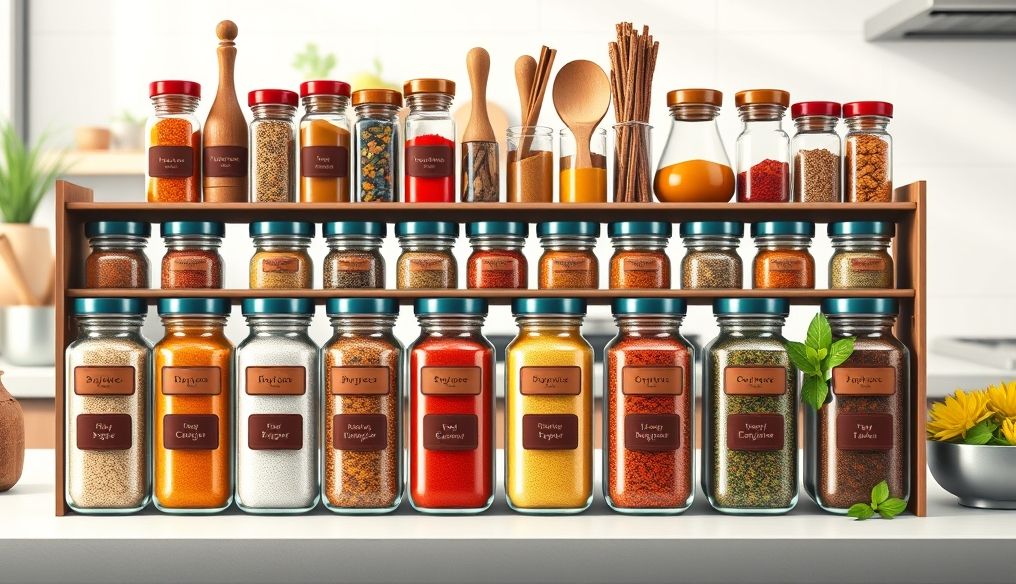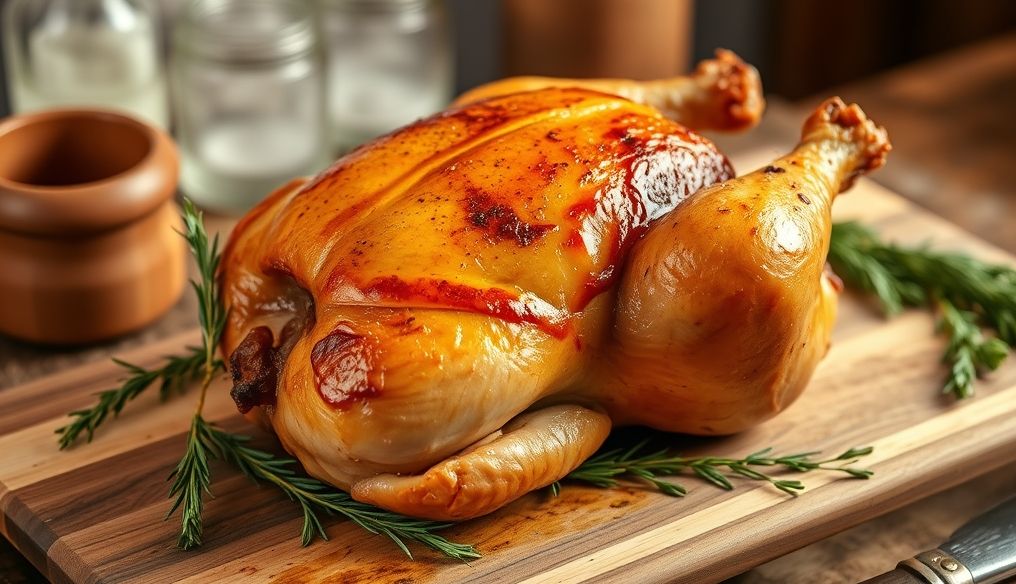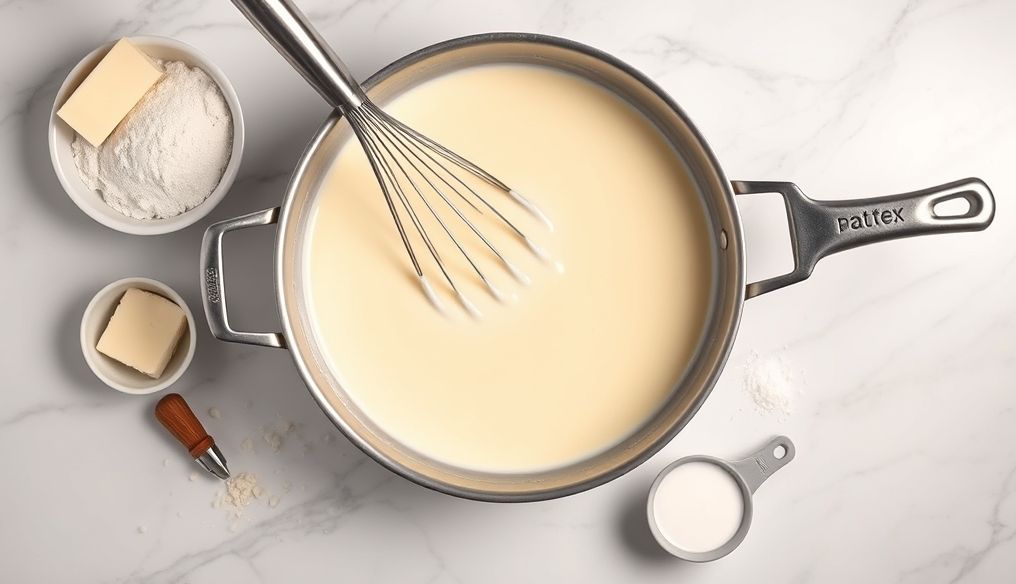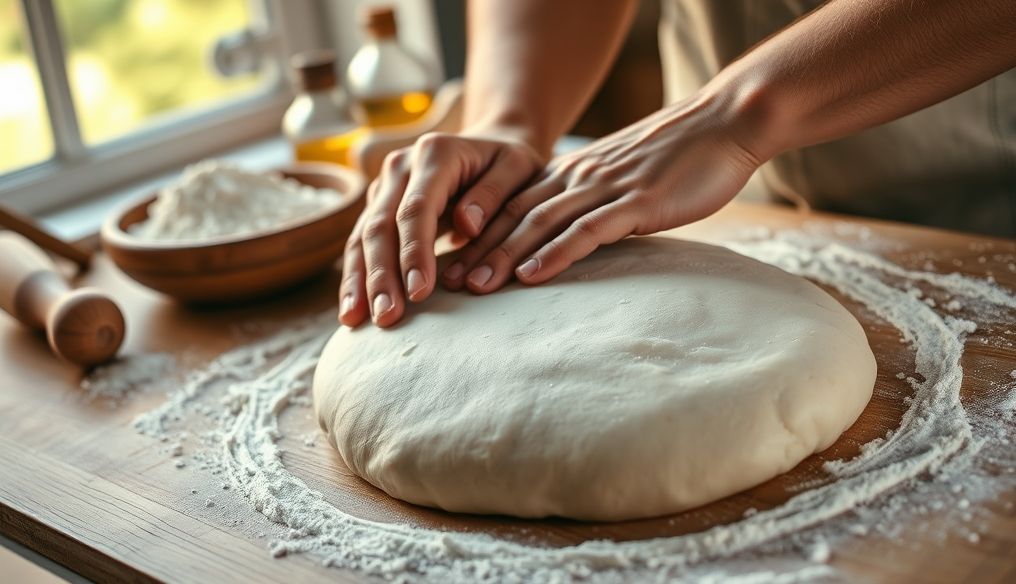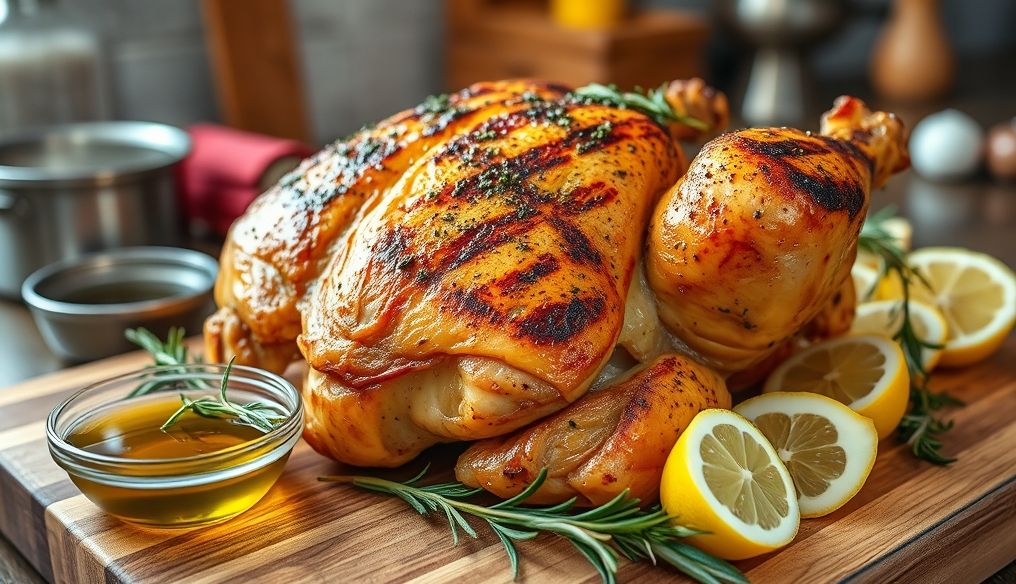What are the essential spices that every kitchen should have?
Spices are the essence of cooking, adding flavor and depth to dishes, and transforming simple meals into unforgettable culinary experiences. But with countless spices available, it can be difficult to determine which ones are truly essential. In this article, we will explore the essential spices that should be in every kitchen, focusing on their multiple uses and health benefits.
Chapter 1: Salt and Pepper - The Foundation of Every Meal
We cannot talk about essential spices without starting with salt and pepper. They are the indispensable duo in any kitchen, and they are the foundation of almost every meal.
Salt: The Essential Flavor Enhancer
Salt is not just a flavor enhancer, but it is also necessary for many biological processes in the body. Salt helps regulate fluid balance, transmit nerve impulses, and contract muscles. However, it is important to consume salt in moderation, as excessive intake can lead to high blood pressure and other health problems.
- Types of Salt: Table salt, sea salt, Himalayan pink salt, kosher salt.
- Uses of Salt: Seasoning meats and vegetables, preserving food, preparing saline solutions.
- Tip: Use sea salt or Himalayan pink salt for added minerals and a more complex flavor.
Pepper: A Touch of Heat and Depth
Pepper adds a touch of heat and depth to dishes, and it is available in different types, each with its own flavor. Black pepper is the most common, but it is not the only option.
- Types of Pepper: Black pepper, white pepper, red pepper, green pepper.
- Uses of Pepper: Seasoning meats and vegetables, adding flavor to soups and sauces, sprinkling on fried eggs.
- Tip: Use freshly ground pepper for the best flavor.
Chapter 2: Cumin and Coriander - The Middle Eastern Duo
Cumin and coriander are essential spices in Middle Eastern and North African cuisines, adding a warm and earthy flavor to dishes.
Cumin: A Warm and Earthy Flavor
Cumin is characterized by its warm and earthy flavor, and it is widely used in Mexican, Indian, and Middle Eastern dishes. Cumin contains antioxidants and has anti-inflammatory properties.
- Uses: Seasoning grilled meats, adding flavor to falafel and hummus, preparing taco seasoning.
- Health Benefits: Helps digestion, relieves bloating, contains iron.
- Tip: Toast cumin seeds before grinding them to enhance their flavor.
Coriander: A Fresh and Citrusy Flavor
Coriander comes with a fresh and citrusy flavor, and it is widely used in Latin American and Asian dishes. Coriander contains important vitamins and minerals.
- Uses: Seasoning sauces, adding flavor to rice, garnishing dishes.
- Health Benefits: Helps lower blood pressure, improves digestion, contains vitamin K.
- Tip: Coriander leaves, roots, and stems can be used in cooking.
Chapter 3: Garlic and Onion - The Flavor Base
Garlic and onion are not just spices, but they are also the flavor base in many dishes. They add depth and complexity to flavors.
Garlic: A Strong and Pungent Flavor
Garlic is characterized by its strong and pungent flavor, and it is widely used all over the world. Garlic contains compounds that are antibacterial and antiviral.
- Uses: Seasoning meats and vegetables, adding flavor to sauces and soups, preparing garlic oil.
- Health Benefits: Strengthens the immune system, lowers blood pressure, improves heart health.
- Tip: Chop garlic 10 minutes before using it to release its beneficial compounds.
Onion: A Sweet and Sharp Flavor
Onion comes with a sweet and sharp flavor, and it is widely used all over the world. Onion contains antioxidants and has anti-inflammatory properties.
- Uses: Base for many sauces and soups, seasoning meats and vegetables, preparing caramelized onions.
- Health Benefits: Strengthens the immune system, lowers cholesterol, improves bone health.
- Tip: Chill onions before chopping them to reduce tears.
Chapter 4: Paprika and Turmeric - Color and Flavor
Paprika and turmeric are not just spices, but they are also excellent sources of color and flavor. They add a touch of warmth and vibrancy to dishes.
Paprika: Red Color and Sweet or Spicy Flavor
Paprika comes in different flavors, from sweet to spicy, and it is widely used in Spanish and Hungarian cuisine. Paprika contains vitamin C and antioxidants.
- Uses: Seasoning meats and poultry, adding color to rice and stews, preparing sauces.
- Health Benefits: Strengthens the immune system, protects against cell damage, improves skin health.
- Tip: Store paprika in a cool, dark place to maintain its color and flavor.
Turmeric: Golden Color and Earthy Flavor
Turmeric is characterized by its golden color and earthy flavor, and it is widely used in Indian and Asian cuisine. Turmeric contains curcumin, a compound that has anti-inflammatory and antioxidant properties.
- Uses: Seasoning curries and rice, adding color to dishes, preparing golden turmeric milk.
- Health Benefits: Relieves inflammation, improves brain function, protects against heart disease.
- Tip: Consume turmeric with black pepper to enhance the absorption of curcumin.
Chapter 5: Cinnamon and Ginger - Warmth and Sweetness
Cinnamon and ginger are warm and sweet spices, adding a touch of comfort and joy to dishes.
Cinnamon: A Warm and Sweet Flavor
Cinnamon is characterized by its warm and sweet flavor, and it is widely used in desserts and drinks. Cinnamon contains antioxidants and has anti-inflammatory properties.
- Uses: Seasoning desserts and pastries, adding flavor to tea and coffee, preparing oatmeal.
- Health Benefits: Lowers blood sugar levels, improves heart health, improves brain function.
- Tip: Use freshly ground cinnamon for the best flavor.
Ginger: A Spicy and Refreshing Flavor
Ginger is characterized by its spicy and refreshing flavor, and it is widely used in Asian cuisine and desserts. Ginger contains compounds that are anti-inflammatory and anti-nausea.
- Uses: Seasoning Asian dishes, adding flavor to tea and desserts, preparing ginger soup.
- Health Benefits: Relieves nausea, relieves muscle pain, improves digestion.
- Tip: Fresh, dried, or pickled ginger can be used in cooking.
Chapter 6: Nutmeg and Clove - A Warm and Aromatic Flavor
Nutmeg and clove are warm and aromatic spices, adding a touch of luxury and sophistication to dishes.
Nutmeg: A Warm and Nutty Flavor
Nutmeg is characterized by its warm and nutty flavor, and it is widely used in desserts and drinks. Nutmeg contains antioxidants and has anti-inflammatory properties.
- Uses: Seasoning desserts and pastries, adding flavor to béchamel, preparing eggnog.
- Health Benefits: Improves digestion, relieves anxiety, improves sleep.
- Tip: Use freshly grated nutmeg for the best flavor.
Clove: A Strong and Aromatic Flavor
Clove is characterized by its strong and aromatic flavor, and it is widely used in desserts and savory dishes. Clove contains compounds that are antibacterial and antiviral.
- Uses: Seasoning desserts and pastries, adding flavor to grilled meats, preparing clove tea.
- Health Benefits: Relieves toothache, improves digestion, strengthens the immune system.
- Tip: Use cloves sparingly as they have a strong flavor.
Chapter 7: Dried Herbs - A Touch of Freshness
Dried herbs are a great way to add a touch of freshness to dishes, especially when fresh herbs are not available.
- Oregano: Aromatic and pungent flavor, used in Italian and Greek dishes.
- Basil: Sweet and aromatic flavor, used in Italian and Asian dishes.
- Rosemary: Piney and lemony flavor, used in seasoning meats and poultry.
- Thyme: Earthy and lemony flavor, used in French and Mediterranean dishes.
Chapter 8: Tips for Storing Spices
To maintain the flavor and quality of spices, it is important to store them properly.
- Store in a cool, dark place: Avoid exposing spices to direct heat and light.
- Store in airtight containers: Use airtight glass or metal containers to prevent air and moisture from entering.
- Replace old spices: Spices lose their flavor over time, so replace them every 6-12 months.
Conclusion
Now that we have explored the essential spices that every kitchen should have, you can start building your own collection of flavors. Remember that cooking with spices is an art, and feel free to experiment and innovate to find the perfect blend that suits your taste.
